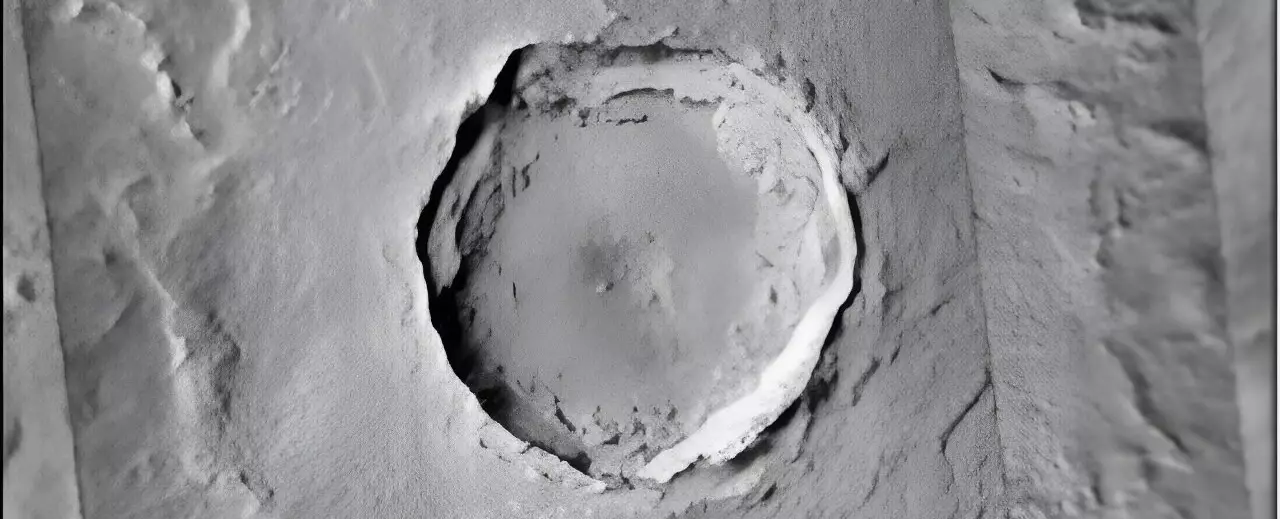Mars, often referred to as the “Red Planet,” is home to numerous craters, far more than what can be found on Earth. The primary reason for this stark difference is the lack of weathering forces and strong plate tectonics on Mars, which allows impact craters to remain intact for longer periods of time. While many of these craters are indeed caused by asteroid impacts, there is another fascinating phenomenon at play on Mars. Ejecta from asteroid impacts can fall back to the planet’s surface, creating secondary craters that extend far beyond the initial impact point.
One particularly intriguing study presented at the 55th annual Lunar and Planetary Science Conference shed light on the impact of a single large crater on Mars named Corinto. Located in Elysium Planitia, this relatively young crater is estimated to be around 2.34 million years old. What sets Corinto apart is its extensive “ray system,” which indicates that a significant amount of ejecta was expelled from the impact site, creating visible trails across the Martian surface. This crater, measuring 14 km in diameter and 1 km deep, is filled with smaller secondary craters that formed as a result of the initial impact.
Scientists have delved into the characteristics of Corinto crater by analyzing data collected from the Mars Reconnaissance Orbiter. By studying the patterns of smaller craters surrounding Corinto, researchers were able to differentiate between impact craters caused by ejecta and those resulting from direct asteroid impacts. The systematic grouping of these ejecta craters into various “facies” revealed distinct features based on their proximity to the main crater. From semi-circular craters closest to the impact point to long, narrow craters further out, each facies provides valuable insights into the ejecta dispersion pattern.
One of the most striking findings of the study was the sheer magnitude of secondary impact craters caused by the ejecta from Corinto. It was estimated that close to 2 billion secondary craters larger than 10 meters in diameter were formed, with some located up to 1850 km away from the main crater. This discovery places Corinto at the forefront of recent Martian craters in terms of the unprecedented number and distance of its secondary impact sites. While the implications of these findings are yet to be fully understood, they undoubtedly pave the way for further research into the mechanisms behind crater formation on Mars.
As scientists continue to unravel the mysteries of Martian craters, the significance of findings such as those from the Corinto study cannot be overstated. While the current research only scratches the surface of what lies beneath the Martian surface, it opens up a realm of possibilities for future exploration and discovery. The unparalleled scale of ejecta dispersion observed at Corinto challenges our existing understanding of impact cratering processes on Mars and beckons further investigation into the geological history of the Red Planet. With each new discovery, we inch closer to unlocking the secrets hidden within the countless craters that dot the Martian landscape.


Leave a Reply